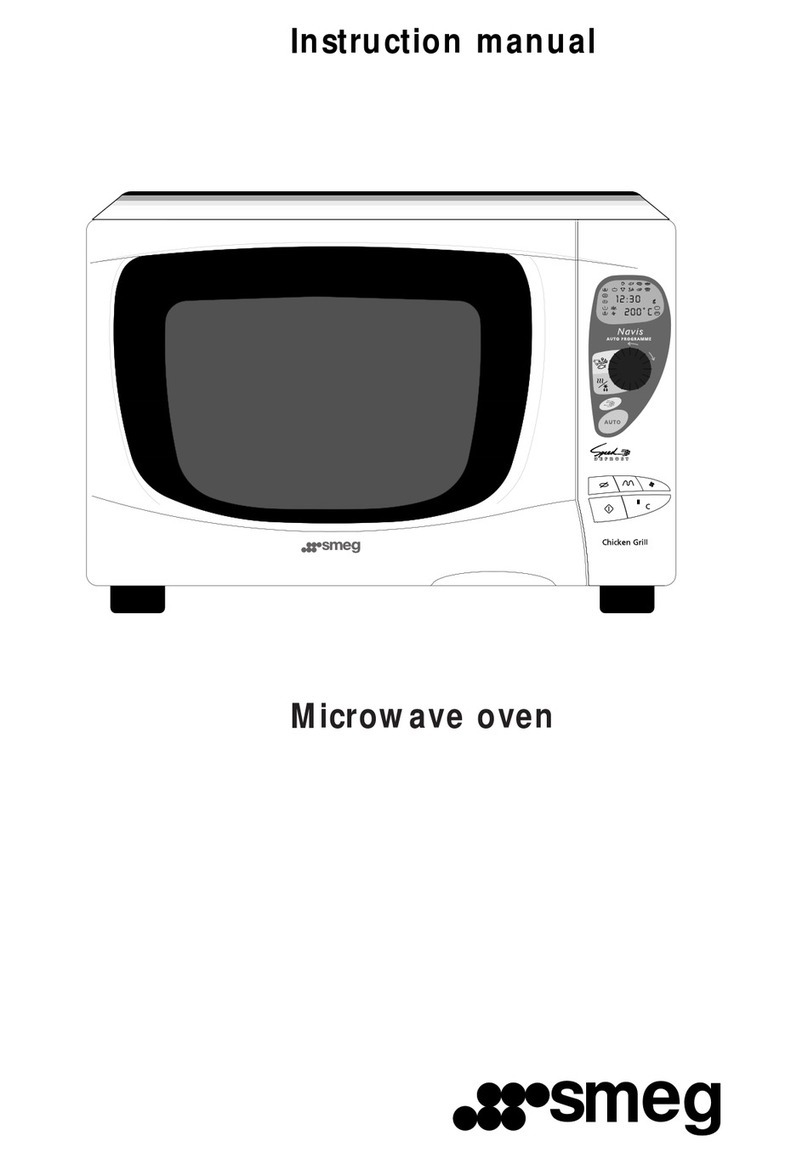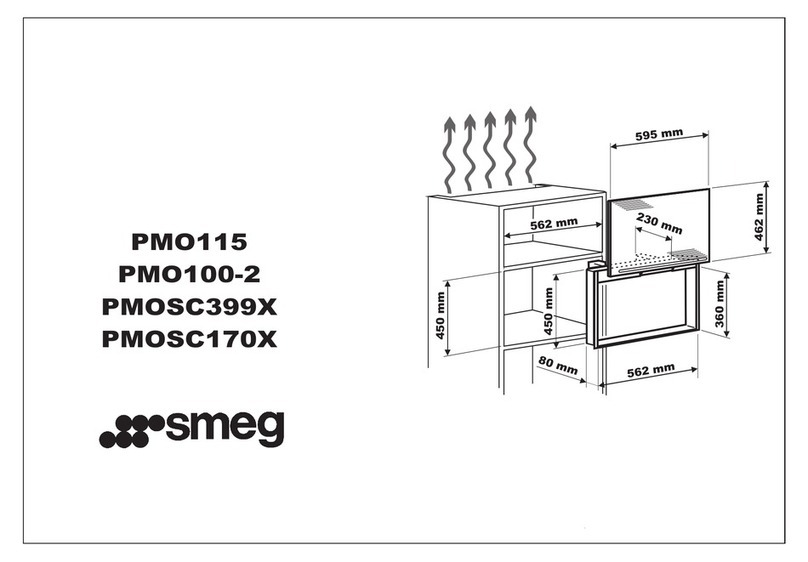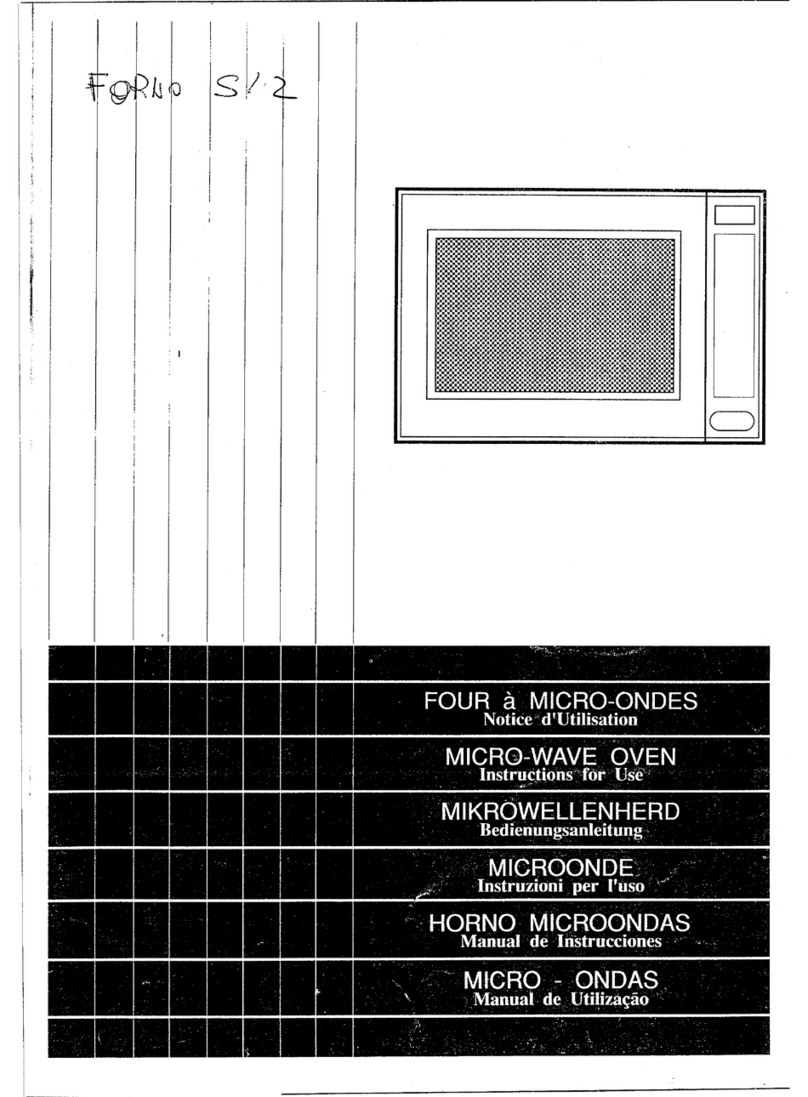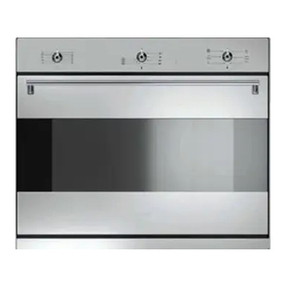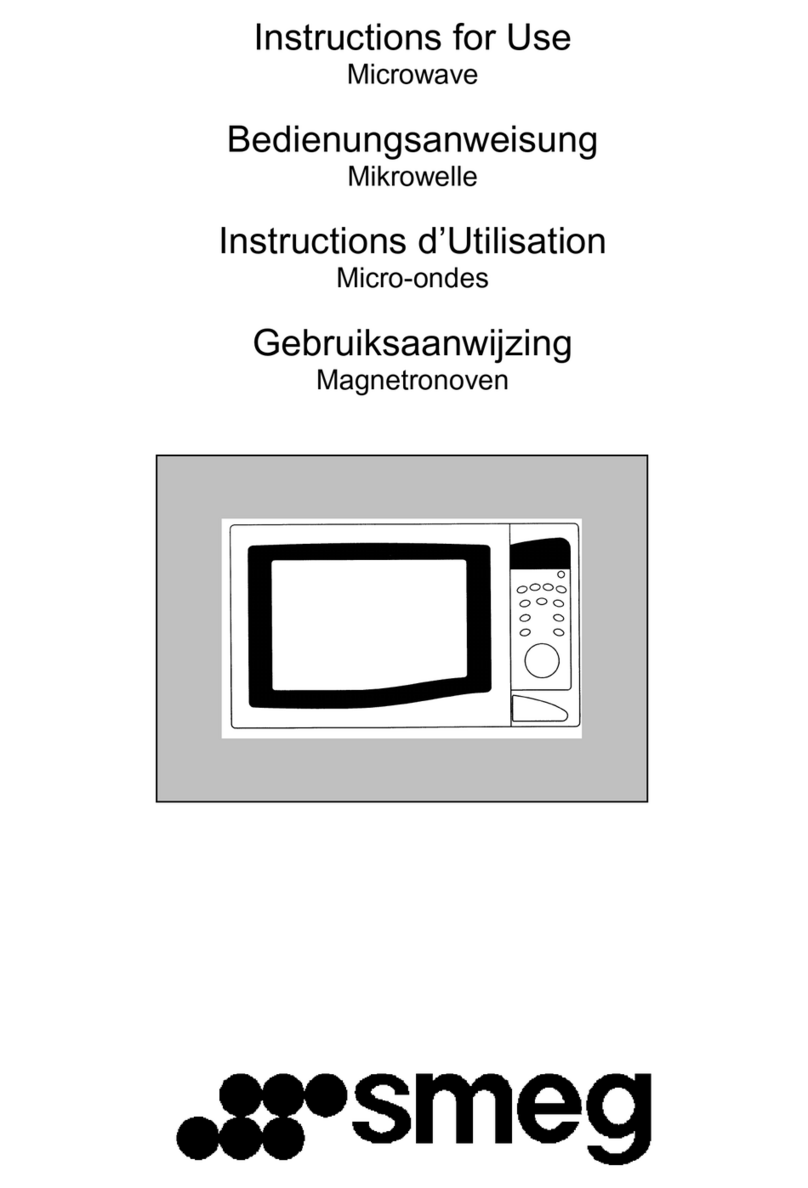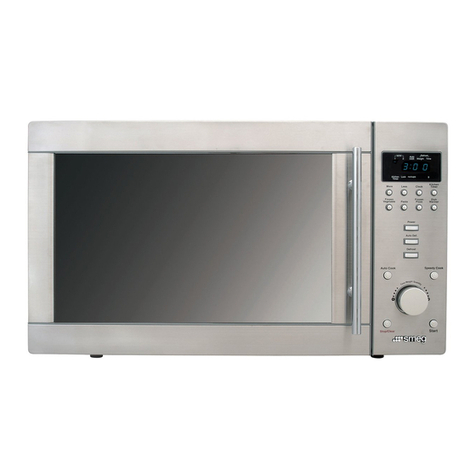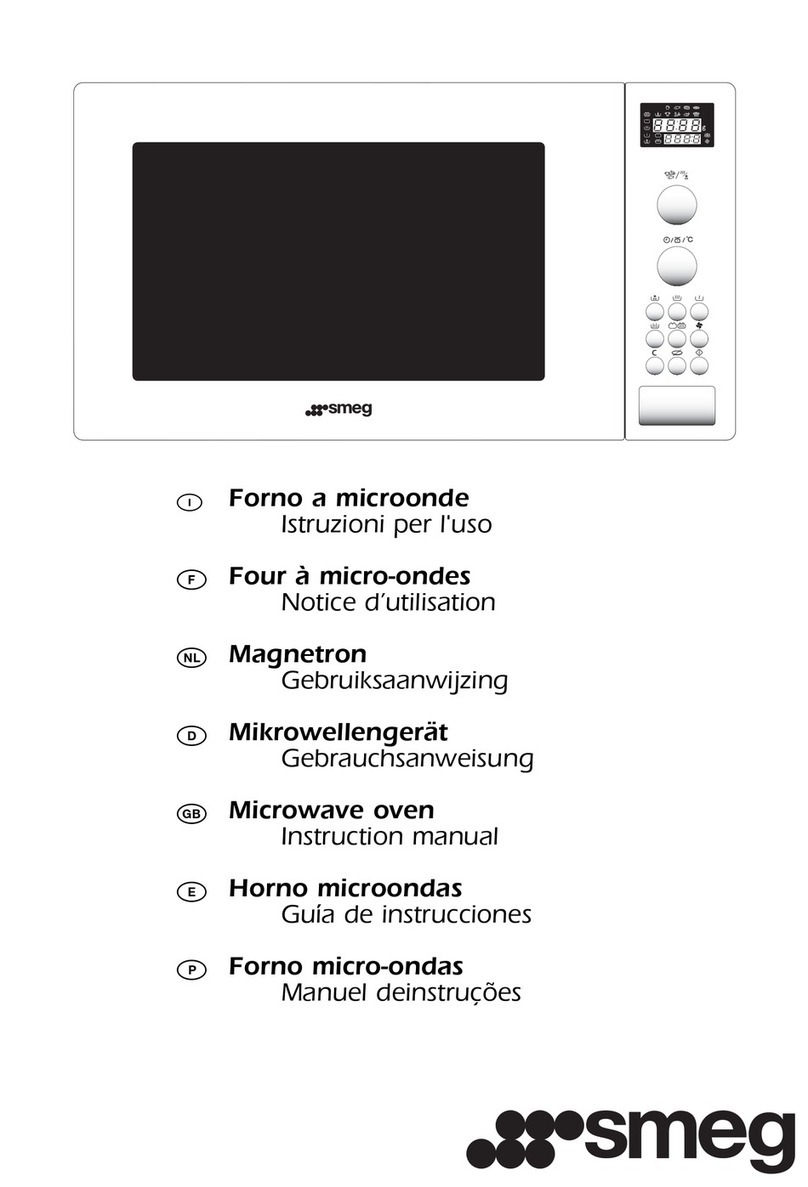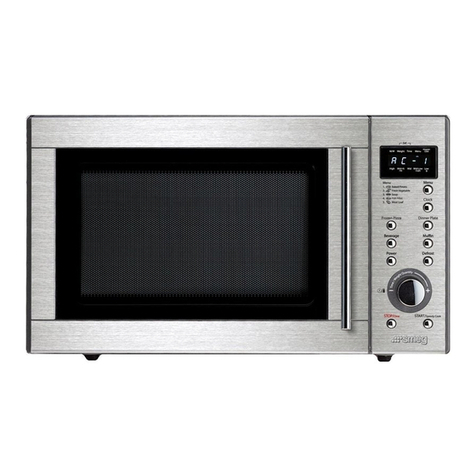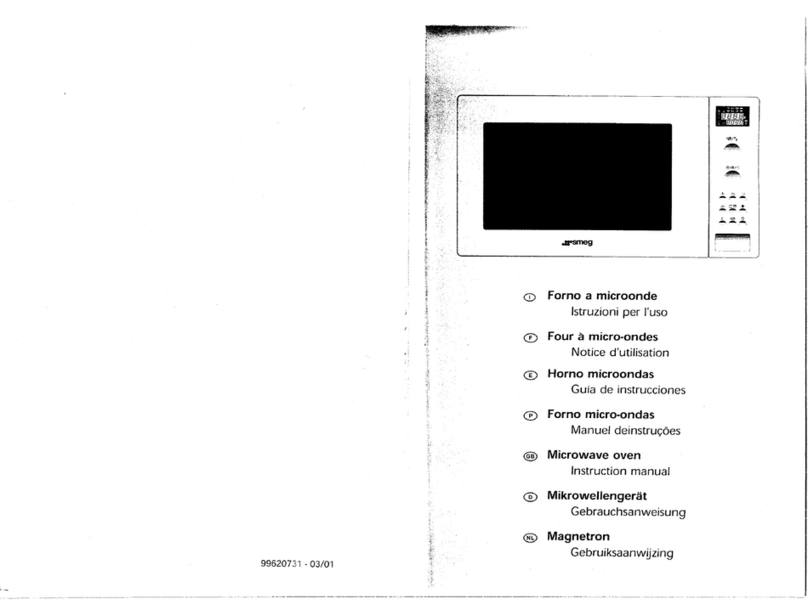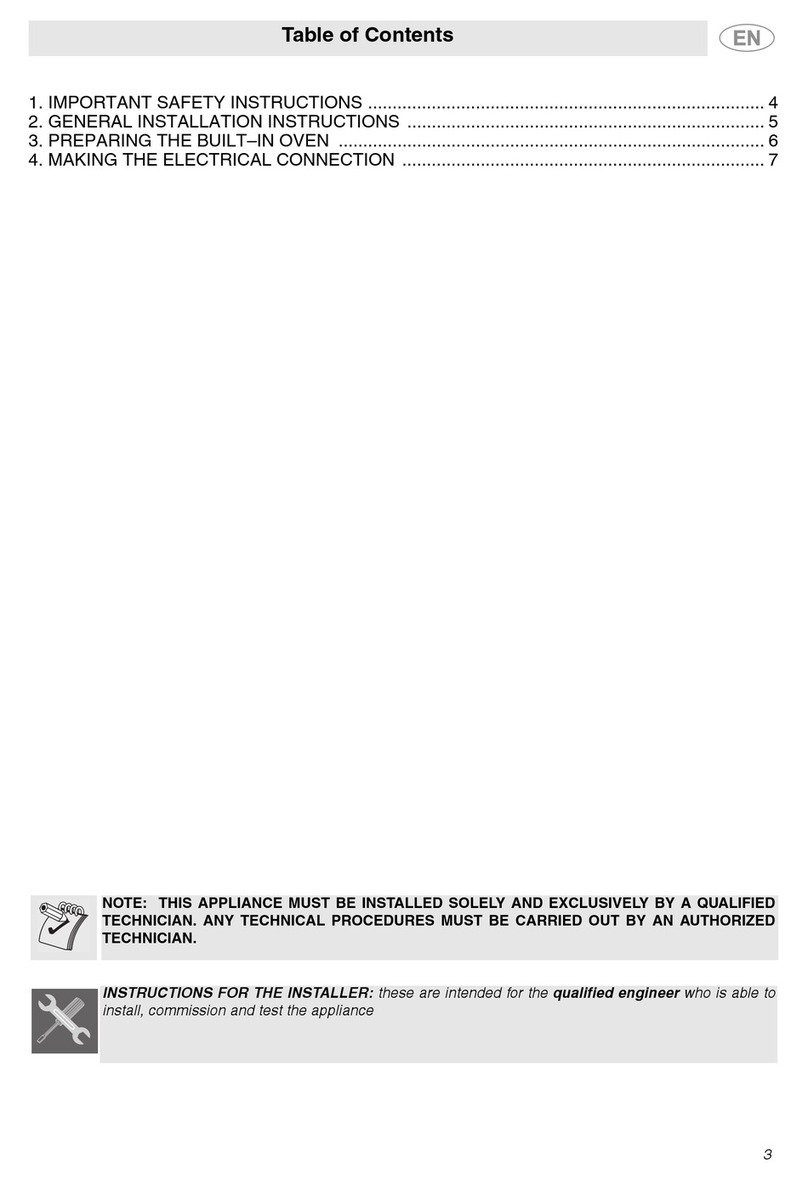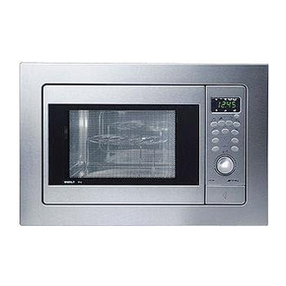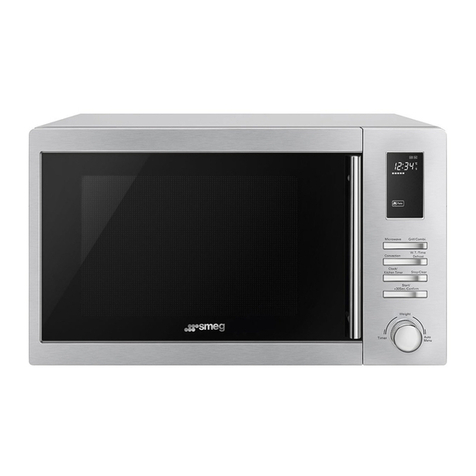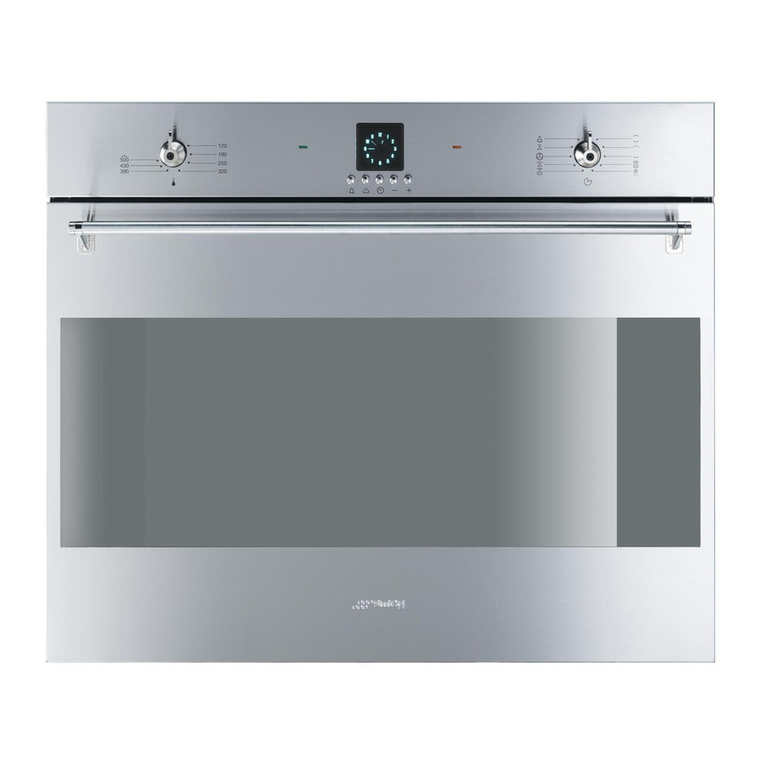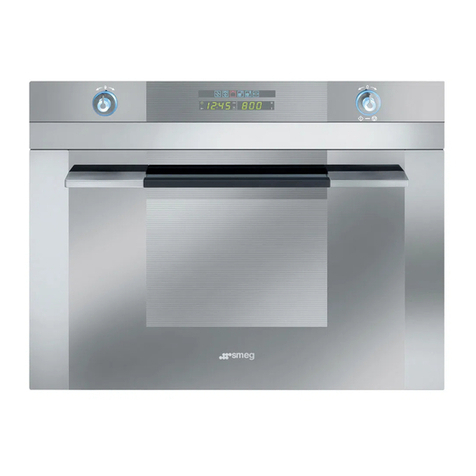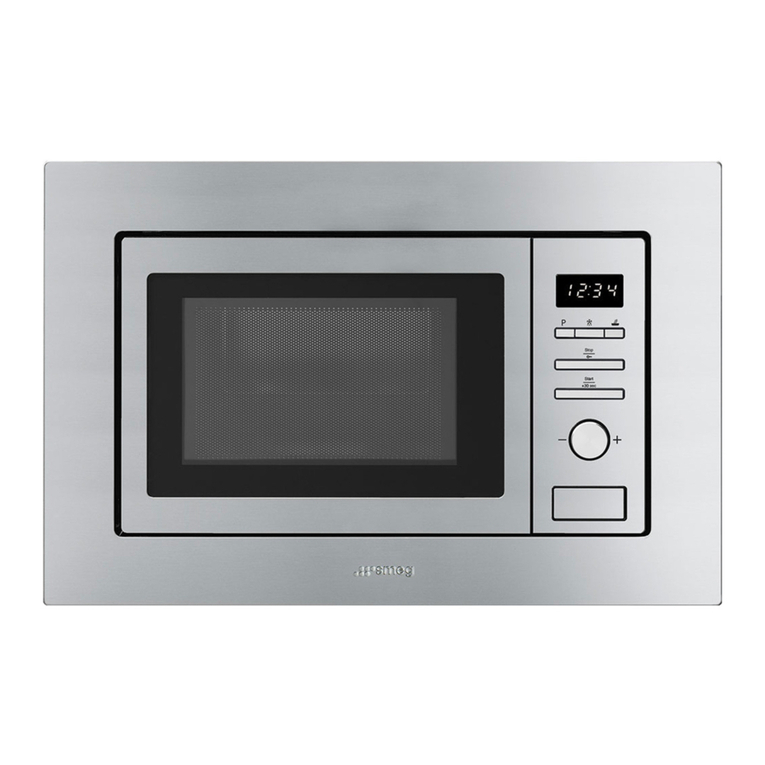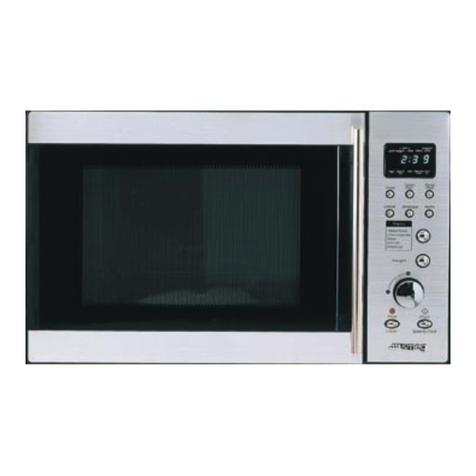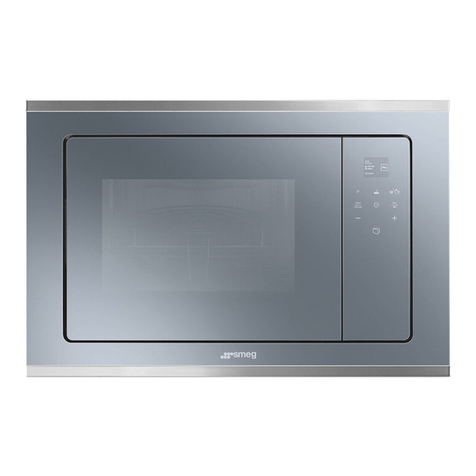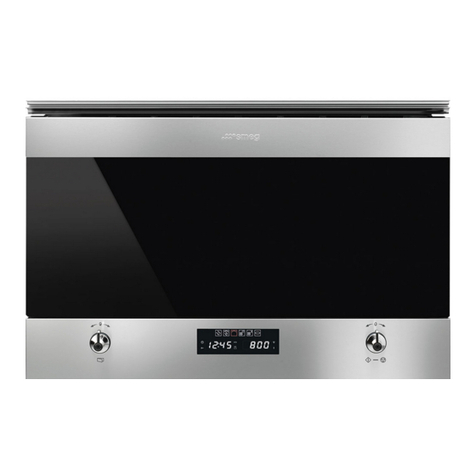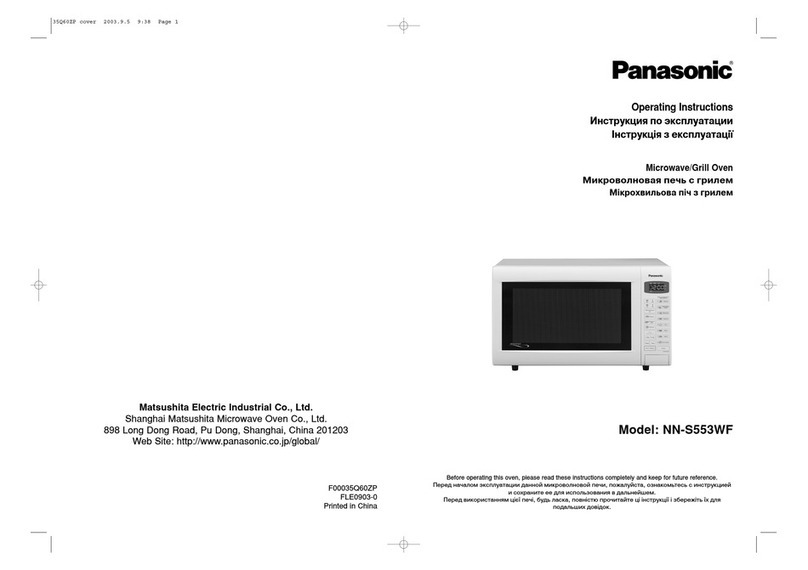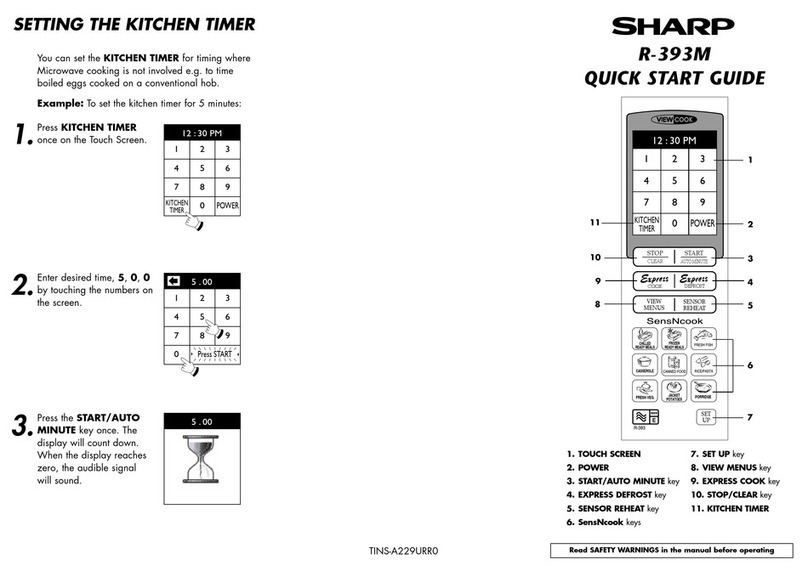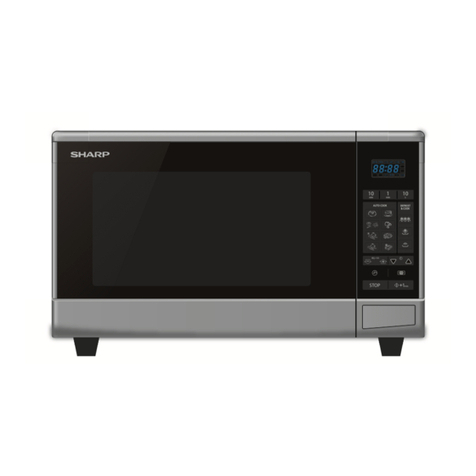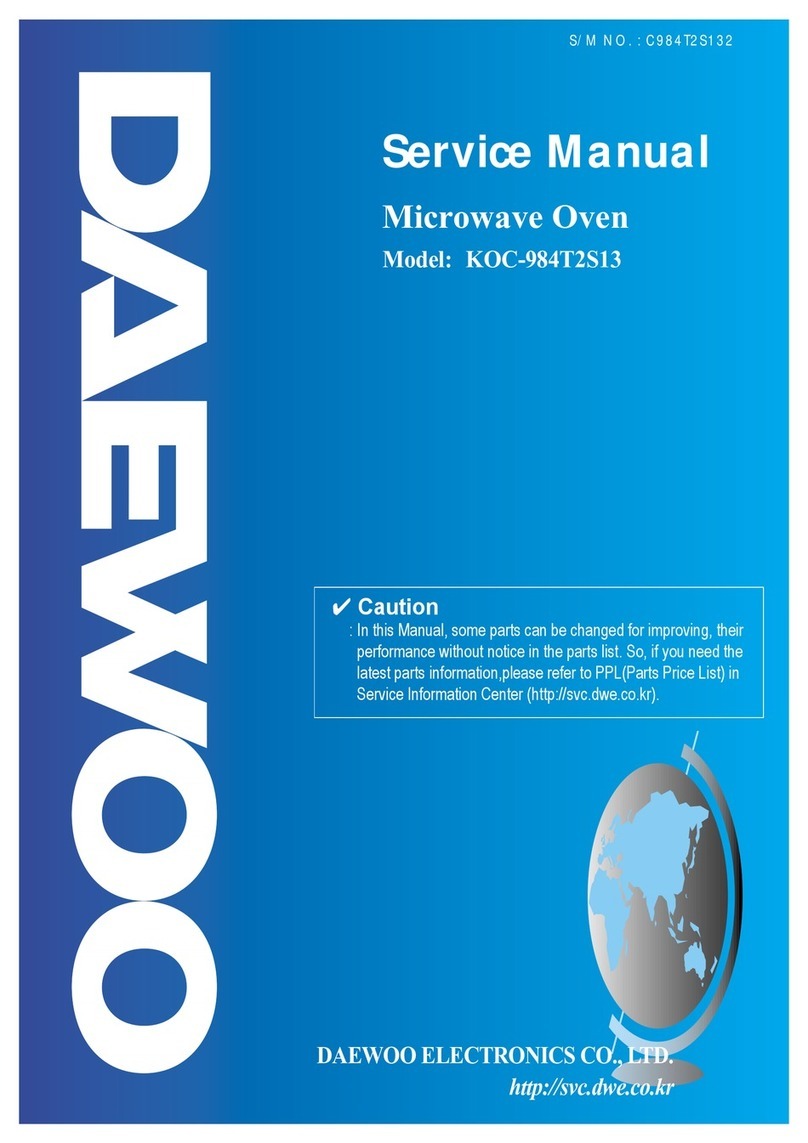Safety Precautions
5
WARNING! IF THE OVEN HAS A COMBINED FUNCTION MODE (MICROWAVE
WITH OTHER MEANS OF HEATING), CHILDREN SHOULD NOT BE ALLOWED
TO USE THE OVEN WITHOUT ADULT SUPERVISION ON ACCOUNT OF THE
HIGH TEMPERATURES GENERATED.
WARNING: ACCESSIBLE PARTS MAY BECOME HOT DURING USE. YOUNG
CHILDREN SHOULD BE KEPT AWAY.
WARNING: DURING USE THE APPLIANCE BECOMES HOT. CARE SHOULD BE
TAKEN TO AVOID TOUCHING HEATING ELEMENTS INSIDE THE OVEN.
WARNING! THE OVEN CANNOT BE USED IF:
THE DOOR IS NOT CLOSED CORRECTLY;
THE DOOR HINGES ARE DAMAGED;
THE SURFACES OF THE CONTACT BETWEEN THE DOOR AND
THE OVEN FRONT ARE DAMAGED;
THE DOOR WINDOW GLASS IS DAMAGED;
THERE IS FREQUENT ELECTRICAL ARCING INSIDE THE OVEN
EVEN THOUGH THERE IS NO METAL OBJECT INSIDE.
THE OVEN CAN ONLY BE USED AGAIN AFTER IT HAS BEEN REPAIRED BY A
TECHNICAL ASSISTANCE SERVICE TECHNICIAN.
BEWARE!
NEVER HEAT BABY FOODS OR DRINKS IN BOTTLES OR JARS WITH THE
TEATS OR LIDS ON THEM. AFTER HEATING THE FOOD MIX OR SHAKE
WELL SO THAT THE HEAT IS SPREAD EVENLY. CHECK THE FOOD
TEMPERATURE BEFORE FEEDING THIS TO THE CHILD. DANGER OF
BURNING!
TAKE CARE WHEN HEATING LIQUIDS!
WHEN LIQUIDS (WATER, COFFEE, TEA, MILK, ETC.) ARE NEARLY AT
BOILING POINT INSIDE THE OVEN AND ARE TAKEN OUT SUDDENLY, THEY
MAY SPURT OUT OF THEIR CONTAINERS. DANGER OF INJURIES AND
BURNS!
TO AVOID THAT TYPE OF SITUATION WHEN HEATING LIQUIDS, PUT A
TEASPOON OR GLASS ROD INSIDE THE CONTAINER.
TO AVOID FOOD OVERHEATING OR BURNING IT IS VERY IMPORTANT NOT
TO SELECT LONG TIME PERIODS OR POWER LEVELS THAT ARE TOO HIGH
WHEN HEATING SMALL QUANTITIES OF FOOD. FOR EXAMPLE, A BREAD
ROLL CAN BURN AFTER 3 MINUTES IF THE POWER SELECTED IS TOO HIGH.
FOR TOASTING, USE JUST THE GRILLING FUNCTION AND WATCH THE
OVEN ALL THE TIME. IT YOU USE A COMBINED FUNCTION TO TOAST BREAD
IT WILL CATCH FIRE IN A VERY SHORT TIME.
THIS OVEN IS EXCLUSIVELY FOR DOMESTIC USE!
USE THE OVEN ONLY FOR PREPARING MEALS.
AVOID DAMAGING THE OVEN OR OTHER DANGEROUS SITUATIONS BY
FOLLOWING THESE INSTRUCTIONS:
Do not switch on the oven without the turntable support, the
turntable ring and the respective plate being in place.
Never switch on the microwave when it is empty. If there is
no food inside there may be an electrical overcharge and the
oven could be damaged. RISK OF DAMAGE!
Do not cover or obstruct the ventilation openings.
